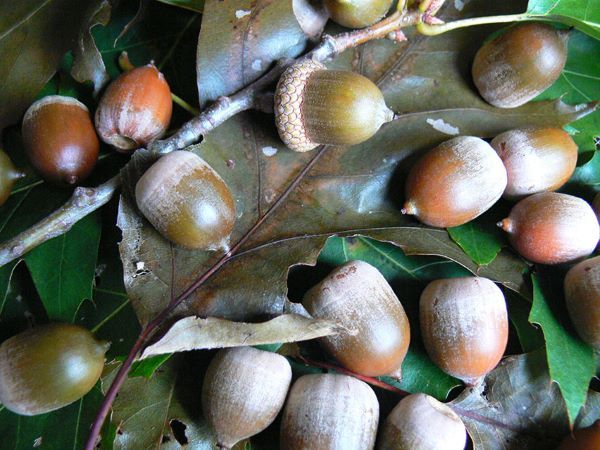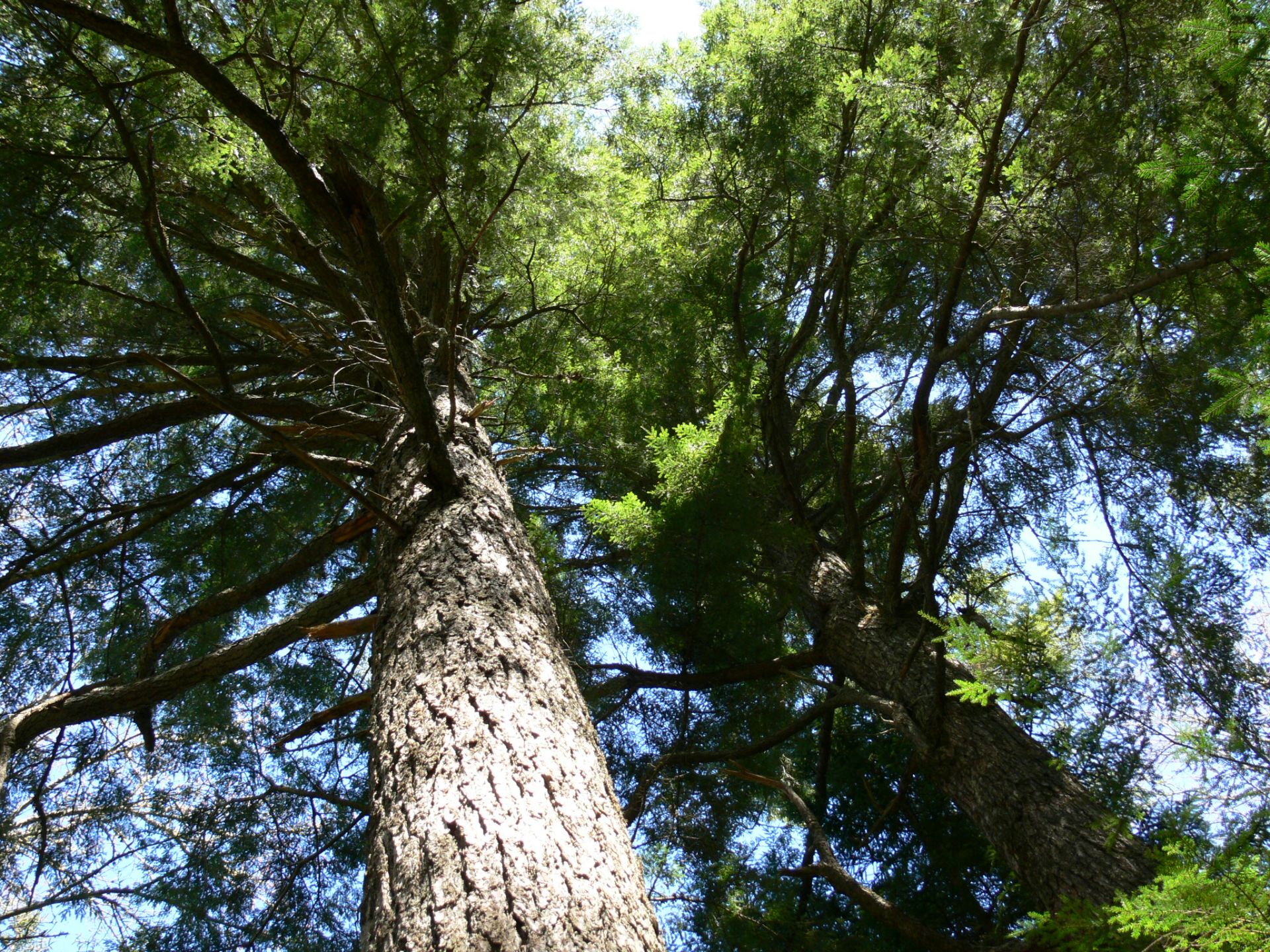Building resiliency in our forests
April 04, 2025
By Gary Schneider
Access to more variety and larger numbers of native plant species is important if we are to create and maintain healthy forests but another key will be how we build resilience.
Climate change is already having an effect in this province, with more powerful and regular weather events, plus changing the natural suitability of species – both positively and negatively – to grow in our region. A recent provincial study found that the habitat for species such as white spruce, balsam fir, and white birch will deteriorate from a changing climate. It also noted that “suitable habitat for white ash, red maple, and red oak on the Island is projected to ameliorate/expand over the next 100 years with climate warming."
Red oak is a hard wood, late-successional tree species found in the Acadian Forest.
A healthy forest will include a mix of both deciduous and coniferous species appropriate to the site. In our region, it will also have a strong understorey of young trees, as well as shrubs, ferns, and wildflowers.
In Saltscapes magazine, biologist Bob Bancroft wrote that: “Diversity maintains stability against pests and physical disturbances. It also makes for long-term perpetuity of productive capacity, the ability of nature to remain healthy and productive. Simplicity provokes instability in forest ecosystems, resulting in the spread of pests, retrogressive changes of the environment, and the gradual deterioration of the site for wood production.”
This theme is echoed in the work of physicist Fritjof Capra. In The Web of Life, Capra noted that: “A diverse ecosystem will also be resilient because it contains many species with overlapping ecological functions that can partially replace one another. When a particular species is destroyed by a severe disturbance so that a link in the network is broken, a diverse community will be able to survive and reorganize itself because other links in the network can at least partially fulfill the function of the destroyed species. In other words, the more complex the network is, the more complex its pattern of interconnections, the more resilient it will be.
How do we build resilience into our forests? We shift our thinking from growing “products” to creating healthy ecosystems. The analogy of corn crops immediately comes to mind. Instead of rows upon rows of one variety of corn, we do the same with white spruce or Eastern larch. The problem with agricultural comparisons is that corn is a four-month crop and you might be lucky enough to avoid harsh climatic events that year. You can also use pesticides and fungicides to kill off any threats. With trees, we’re talking 60-100 years, at least, and there is no safe way to control insects on a large tree over a long period of time.
The resiliency will be built into our plantings and regeneration. That old saying about “Don’t put all your eggs in one basket” still makes sense. We have many species of trees that will continue to thrive in the face of a changing climate. That doesn’t mean we put in red oak or white ash plantations – that is just looking for trouble. But for example we can add small amounts of red oak, a deep-rooted species, to every appropriate planting site. After Fiona, I visited two woodlands in eastern PEI that had been devastated. They had been old fields that grew up in white spruce, balsam fir, and trembling aspen. Over 90% of the older trees blew down or snapped off.
Interestingly, the owners of both sites had planted a few red oak about 40-50 years ago. Amidst the chaos, these beautiful trees looked as though no storm had ever happened. And even more inspiring is that red oak seedlings were popping up in the stands.

Red oak provides forest cover and wildlife habitat; once mature, it will produce a multiude of acorns.
